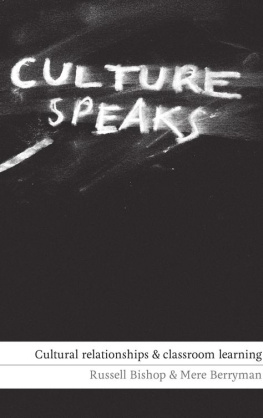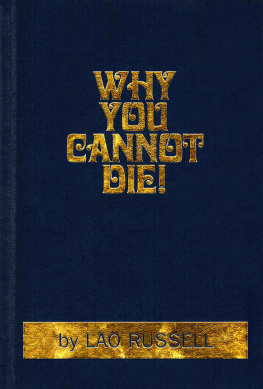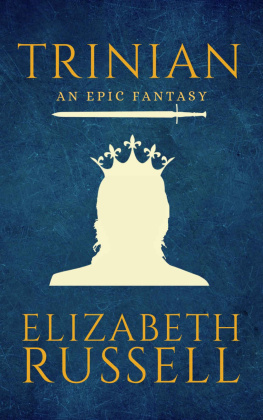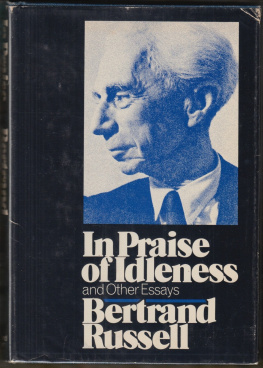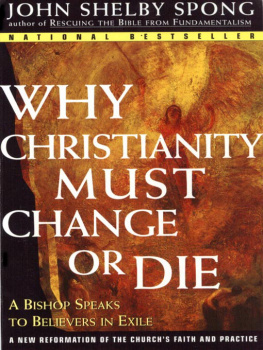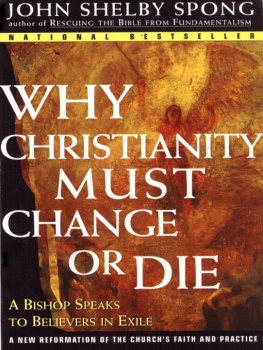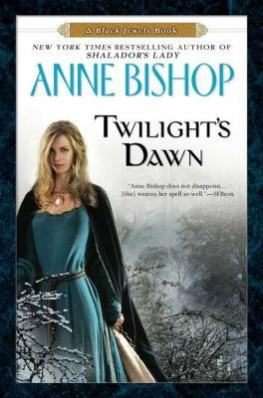Russell Bishop - Culture Speaks
Here you can read online Russell Bishop - Culture Speaks full text of the book (entire story) in english for free. Download pdf and epub, get meaning, cover and reviews about this ebook. year: 2012, publisher: Huia (NZ) Ltd, genre: Detective and thriller. Description of the work, (preface) as well as reviews are available. Best literature library LitArk.com created for fans of good reading and offers a wide selection of genres:
Romance novel
Science fiction
Adventure
Detective
Science
History
Home and family
Prose
Art
Politics
Computer
Non-fiction
Religion
Business
Children
Humor
Choose a favorite category and find really read worthwhile books. Enjoy immersion in the world of imagination, feel the emotions of the characters or learn something new for yourself, make an fascinating discovery.
- Book:Culture Speaks
- Author:
- Publisher:Huia (NZ) Ltd
- Genre:
- Year:2012
- Rating:5 / 5
- Favourites:Add to favourites
- Your mark:
- 100
- 1
- 2
- 3
- 4
- 5
Culture Speaks: summary, description and annotation
We offer to read an annotation, description, summary or preface (depends on what the author of the book "Culture Speaks" wrote himself). If you haven't found the necessary information about the book — write in the comments, we will try to find it.
Culture Speaks — read online for free the complete book (whole text) full work
Below is the text of the book, divided by pages. System saving the place of the last page read, allows you to conveniently read the book "Culture Speaks" online for free, without having to search again every time where you left off. Put a bookmark, and you can go to the page where you finished reading at any time.
Font size:
Interval:
Bookmark:
We wish to thank our kuia whakaruruhau, Rangiwhakaehu Walker and Mate Reweti for their cultural guidance, support and understandings. These leaders maintain our research groups connection to the aspirations of Mori people for improving educational opportunities and outcomes for Mori students, as well as taking a full part in all of our professional development endeavours.
Cath Richardson needs special mention as she was with us in the earliest days of this project, interviewing, transcribing and analysing the wealth of information that we were able to gather.
Sarah-Jane Tiakiwai spent many hours poring over the transcripts, coding and analysing.
Kirsten Trainor-Smith was responsible for knitting all the stories together. Anne Else drew the book together with a very careful final edit.
We wish to acknowledge the Ministry of Education for funding this wonderful project, which has enabled us to get a glimpse of the light at the end of the long tunnel.
Above all, we wish to acknowledge the participation of the students, their whnau, their principals and their teachers, for their frank and open recounting of their experiences, their frustrations and anger, their joy and humour. Thank you for helping us to construct a picture of what an effective teacher might look like for Mori students in these and other schools.
Royalties from this publication will go to the schools that worked with us on this project to further their work on improving the achievement of Mori students.
This book focuses on what it is like to be a young Mori person in a New Zealand secondary school classroom today, by presenting and discussing narratives drawn from the voices of Mori secondary students talking about their schooling experiences. It also presents the perspectives of their whnau, principals and teachers through parallel narratives. The overall aim of the book is to provide you, the reader, with an opportunity to reflect critically on your own experiences of Mori students education. Whether you are a student, a whnau member of a student, a principal or a teacher, we hope that it will help you to examine your own explanations for the educational achievement of Mori students and begin to develop effective responses to the challenges it raises.
This book arose out of the Te Kotahitanga Research Project, participants involved in the education of Mori students. Furthermore, it set out to investigate how a better understanding and analysis of Mori students experiences in the classroom might lead to improved policy, teaching and learning practices, which would ultimately result in greater Mori student achievement.
The schools that volunteered to take part in the project were self-selected, either through whanaungatanga (links to researchers) or from responding to an article about the project in Education Review. As there were more volunteers than could be included, we chose five schools ranging across decile groupings, school sizes, urban to rural settings, single sex and co-ed, and with varying percentages of Mori students. One of the five was a boarding school. All were non-structurally modified mainstream schools, chosen because 90 per cent of Mori students are in mainstream education.
While we were attempting to draw on as wide a range of settings as possible, we were not aiming to produce a representative picture that could be generalised to all other young Mori students experiences in New Zealand. The aim was rather to put together an indicative picture of young Mori students experiences in a range of secondary schools, for others to critically reflect on in the light of their own experiences of Mori students education. What we have included here is a representation of the vast range of information that each group provided for us, while not reproducing everything that we heard.
In 2001, the research team interviewed four groups of people at each school: Mori students, their whnau, their principals, and their teachers. All participants were volunteers who could leave at any time, and they had the right to request that we did not include anything that they felt did not fairly represent their views. As the relationships between the research team and the participants strengthened, the quality of information being offered to the project became even more thoughtful and rich.
These four sets of interviews form the basis of the narratives of experience that make up the four main chapters that follow. These narratives were produced using the collaborative storying approach, developed by Russell Bishop in an earlier research study, which looked into effective means of undertaking research in Mori communities (Bishop, 1996). In collaborative storying, the meanings that the interviewees themselves give to their own experiences, in a series of in-depth, semi-structured interviews as conversations, are the meanings that feature in the final narrative. In other words, those taking part are able to explain in their own words what their experiences mean to them. The sense they make of their own educational experiences, interactions, and relationships is explored and explained through their own ways of theorising and explaining, rather than those of the researchers.
The most unusual feature of this book is the attention it pays to what Mori students themselves have to say about their experience of education. The narratives that are the central focus of this book were initially developed by talking with about 70 Mori students, in Year 9 or Year 10, about what it is like to be a young Mori person in mainstream secondary education today. Half of these students were identified by their school as being engaged with what the school had to offer, and the other half were identified as not being engaged. Not only were all of these students able to clearly identify the main influences on their educational achievement (both positive and negative), they were also able to clearly tell us how their educational achievement could be improved. The picture that they created for us forms the next and most important part of this book.
We also knew that the experiences of these Mori students needed to be understood within the wider context of their education and their lives in general. So we asked about 50 whnau members of the students, the principals of the five schools (as the schools agenda setters), and a cross-section of about 80 teachers, to tell us about their experiences of their involvement in the education of Mori students.
While it has been usual for educational researchers to ask teachers, principals and even parents about young peoples education, it has been unusual to ask the young people themselves about their own understandings of their classroom and schooling experiences. It is even more unusual to use these young peoples understandings as the basis for reforming educational practice in ways that will improve their educational achievement. In the United States, for example:
Since the advent of formal education both the educational system and that systems every reform have been premised on adults notions of how education should be conceptualised and practiced. (Cook-Sather, 2002, p. 3)
The same could certainly be said of New Zealand. Overall, there have been few attempts to question the assumption that adults, and especially teachers, know more about how young people learn, what they need to learn, and how they can learn better than the young people themselves do. Yet paying attention to student perspectives is essential, because of the various ways that it can improve educational practice, re-inform existing conversations about educational reform, and point to the discussions and reform effects yet to be undertaken. (Cook-Sather, 2002, p. 3)
This book demonstrates, in the words of the students themselves, what it means to be left out of the conversation that promotes learning, and what is involved in students becoming a part of learning relationships. This book also demonstrates the impact that being left out has had on the other participants in their education.
Font size:
Interval:
Bookmark:
Similar books «Culture Speaks»
Look at similar books to Culture Speaks. We have selected literature similar in name and meaning in the hope of providing readers with more options to find new, interesting, not yet read works.
Discussion, reviews of the book Culture Speaks and just readers' own opinions. Leave your comments, write what you think about the work, its meaning or the main characters. Specify what exactly you liked and what you didn't like, and why you think so.

